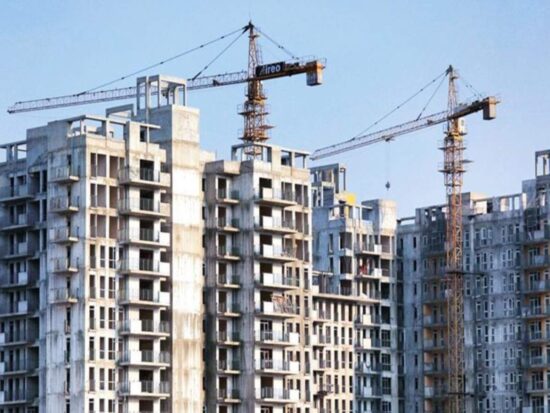
Real Estate grows in past decade
- May 10, 2024
- 0
Over the past decade, the Indian real estate market has witnessed growth in terms of sales and sustainability due to several structural reforms under the Narendra Modi-led government, real estate consultancy Anarock said in a joint report with the National Real Estate Development Council ( Naredco) .
The measures taken, it says, can catapult the size of the Indian real estate market from $20 billion in 2017 to an estimated $1 trillion by 2030.
It lists the Real Estate (Regulation and Development) Act, 2016 (Rera), and the introduction of initiatives such as Pradhan Mantri Awas Yojana (PMAY), the Special Window for Affordable and Mid-Income Housing (SWAMIH) fund, and the goods and services tax (GST) as markers of change in the real estate industry.
“Implemented across many states since 2017, Rears has brought regulation to the real estate sector, safeguarding the interests of homebuyers by ensuring transparency, timely project completion, and accountability among developers,” the report stated.
According to the latest government data, approximately 123,000 real estate projects have been registered across states since Rera’s inception to date, and more than 121,000 consumer grievances have been addressed across the country. The report adds that nearly 26,000 homes have been completed under the SWAMIH fund, which aims to provide financial support to stalled affordable and mid-income housing projects that were struggling due to capital shortfall. Another 80,000 units are slated to be completed in the next three years. The report also highlighted the positive impact of various other government-backed initiatives such as PMAY (Urban and Gramin), GST, demonetisation, and the growing adoption of technology in the real estate over the past decade.
Report mentions the 2016 demonetisation, which, it says, was instrumental in bringing transparency in the sector.
The report finds that housing inventory overhang has also seen a major drop over the past 10 years, from 41 months in 2017, when available inventory was at its peak, to 15 months at the end of 2023.
The housing demand and new supply in the top seven cities have soared in the past decade, particularly after the pandemic, and housing sales are now aligned with new launches.
The projects growth will lead to real estate having an expected contribution of 13 per cent to the nation’s gross domestic product by 2025, making the sector a pivotal contributor to economic development finances.
However, the sector’s growth prospects will be strengthened by factors such as a stable government, consistent interest rates, job creation, and increased private sector investment.






























































